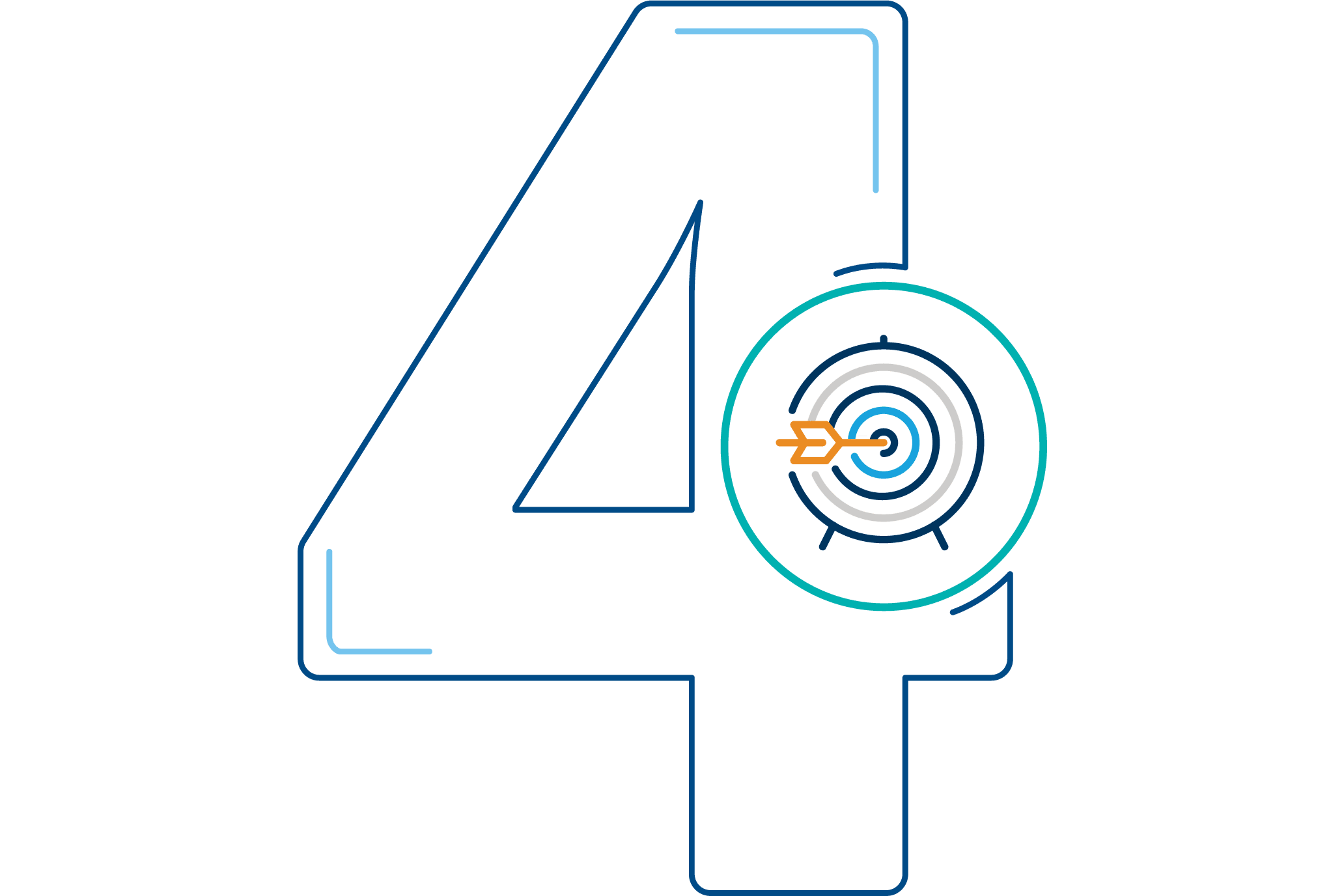Design 2-Year to 4-Year Guided Pathways to Streamline the Transfer Experience
Financial pressures due to dwindling enrollment and increased competition from two-year, four-year, and certificate-based education programs continue to squeeze community colleges. Performance-based funding models focused on student completion, successful transfer, and eventual job placement have only heightened these pressures. While Guided Pathways was billed as an opportunity to improve student completion and community college sustainability, implementation of this model varies widely. Use this Roadmap to launch or improve upon your Guided Pathways efforts.

Understand Guided Pathways
Guided Pathways is a movement that seeks to streamline a student’s journey through college by providing structured choice, revamped support, and clear learning outcomes—ultimately helping more students achieve their college completion goals. Read our insight for more background on Guided Pathways, from why its been so challenging for schools to adopt to successful strategies for implementation.


Build out clear, efficient program maps and meta-majors
In introducing Guided Pathways academic reform, colleges need to strike a balance between exploration and structure within their curriculum. Program maps offer students structure in the form of a clear and direct path to graduation, while meta-majors allow for student exploration within a given field of interest without excess credit accumulation.
While conceptually straightforward, the creation of program maps and meta-majors can be difficult and time consuming due to departmental politics and historical scheduling norms. To address these challenges, design program maps and meta-majors with student goals in mind. Watch our webconference for best practices in pathways programming.


Involve faculty and staff meaningfully in the creation of Guided Pathways
While many faculty see the potential of Guided Pathways to help students progress to degree completion or transfer in a timely manner, an equal number fear that Guided Pathways will shutter important courses and reduce academic exploration for students.
Administrators need to reassess their relationship with faculty when it comes to Guided Pathways to ensure they are treated as involved stakeholders who can enhance learning outcomes rather than as barriers to progress.

Design course schedules to facilitate enrollment
The historical norm at most community colleges has been to roll over academic schedules every year. Unfortunately, this creates a course scheduling system that isn’t designed for our most important stakeholders: students.
Program maps and meta-majors allow institutions the opportunity to make predictable, data-driven course schedules tailored to students’ needs. To learn more, watch our webconference on pathways-informed scheduling.

Increase student-advisor contact around Guided Pathways goals
The majority of advisors’ time with students is taken up by transactional tasks such as course registration, but start-to-finish program maps shrink the time needed for those dialogues. In Guided Pathways, colleges can use these advising conversations to spur deeper conversations with students about their long-term goals.
Give administrators the tools they need to ensure advisors’ conversations are productive, their impact is measurable, and that advising is aligned with Guided Pathways goals. For more on Pathways advising, watch our on-demand webconference.

Now that you've finished the Roadmap

This resource requires EAB partnership access to view.
Access the roadmap
Learn how you can get access to this resource as well as hands-on support from our experts through Strategic Advisory Services for Community Colleges.
Learn More